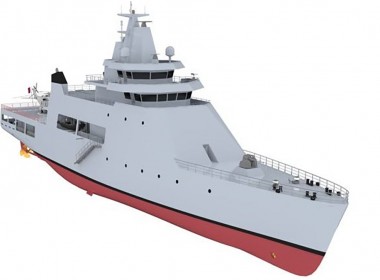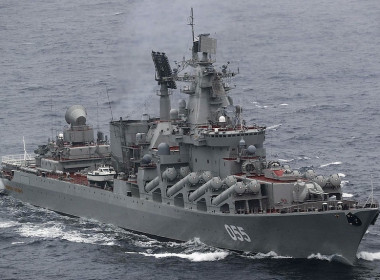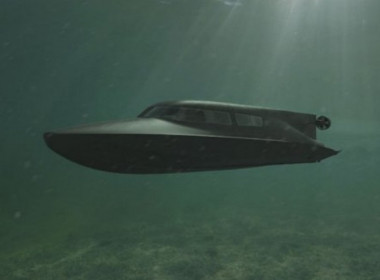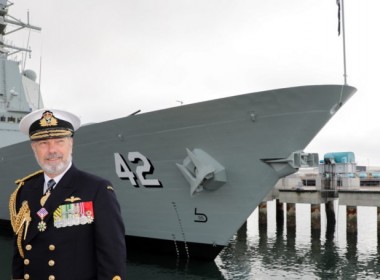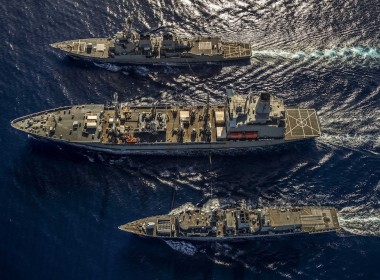COLUMN | Profile of South America’s riverine forces on the rise [Naval Gazing]

Many people would be surprised to learn that at least 17 nations with no coastline are known to operate combat vessels, in order to maintain riverine and lacustrine security. Some countries dub such forces navies, while others use a variety of nomenclature to describe army units with waterborne capability, such as “river force,” “warship battalion” and “riverine patrol”.
Riverine patrol ships, smaller craft and their roles
Also, a number of seagoing navies operate inland flotillas with the most potent inland warships at present being the Roraima-class patrol ships of the Brazilian Navy. Each ship features a 57-milimetre gun and carries a helicopter. These ships are part of a 40-strong inshore flotilla.
South America features a plethora of rivers and lakes, some of which constitute boundaries between nations. For instance, the Parana and Igueza Rivers form a triple border between Argentina, Brazil, and Paraguay, while Lake Titicaca is shared by Bolivia and Peru. It is therefore not surprising that the continent is host to many inland-deployed warships.
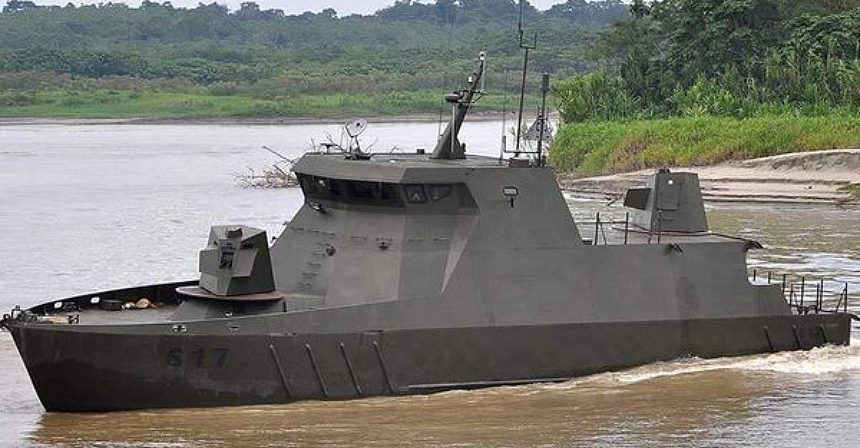
The Peruvian Navy operates seven river gunboats of varying antiquity while Colombia’s naval forces have a considerable focus on ant-narcotics trafficking and counterinsurgency operations and therefore include a very large contingent of patrol vessels and small craft allocated to the service’s Littoral/Riverine Command. A programme to construct armed and armoured river patrol craft is underway.
Paraguay’s and Bolivia’s maritime forces are generally seen as being the world’s most prominent landlocked navies. The Paraguayan Navy’s (PN) inventory includes the 1908-vintage river gunboat Capitan Cabral, probably the world’s oldest operational combat vessel, although how much remains of the original vessel after countless refits and upgrades is uncertain.
More modern are the Brazilian-built, helicopter-capable patrol ship Itaipu, equipped with 40-milimettre cannon, and the two former Republic of China Navy Ou-class fast attack craft supplied by Taiwan. (Asuncion maintains full diplomatic relations with Taipei). These craft were stripped of their missile armament prior to transfer and now mount a 20-milimetre cannon and machine guns.
Recent PN procurement has concentrated on smaller craft, and the service now operates four modern Armacraft Croc-class patrol/assault boats, each armed with a machine gun and capable of transporting contingents of the PN’s Marine Corps. There is also a large number of smaller craft, many of them indigenously-built.
The PN’s day-to day responsibilities include supporting Paraguayan territorial integrity, search and rescue, as well combating illegal immigration and narcotics smuggling. The service has considerable political clout, as it is widely seen as symbolising Paraguay’s claims for internationally-recognised right of access by river to the open sea.
The Bolivian Navy (BN) has a 140-strong fleet that includes the US-built large patrol craft Santa Cruz and six modern China-built patrol boats of the Capitan Bretel-class. There are also a large number of Boston Whalers and other small boats, which are frequently deployed on operations with the BN Marine Corps. The BN inventory also features small hospital vessels, troop transports, as well as riverine tankers and dry cargo vessels, some of which are operated commercially.
Like the Brazilian Navy, the Bolivian Navy was heavily involved in efforts to combat the Covid-19 pandemic, providing transport for medical teams and equipment to many remote areas.
Like the PN, the BN is a visible symbol of the nation’s claims to formally recognised access to the sea, and therefore also exercises considerable political influence. Incidentally, many PN and BN personnel acquire deep-sea experience by way of training attachments to the Argentine Navy
Exercises stepped up in response to security threats
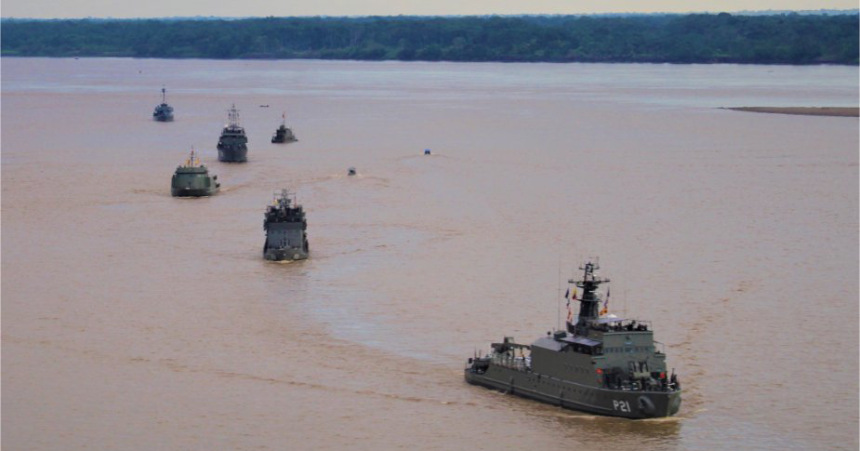
Recent years have seen a significant rise in South America’s riverine-linked security problems including illegal immigration, illegal logging, illegal mining, and transportation of illegal narcotics. In response, greater emphasis is being paced upon multi-national exercises involving inland combatant craft, such as Exercise BraColPer and Exercise Acrux both held in 2022.
Exercise BraColPer took place along the Maranon River, which runs between Letica in Colombia and Iquitos in Peru and on Brazil’s Negro and Solimoes Rivers.
Participating vessels include Brazil’s river patrol ships Raposo Tavares and Randonia and hospital ship Oswaldo Cruz and Peru’s patrol ship Clavera. The exercise involved countering activity by simulated hostile craft as well as the provision of medical support to riverside communities.
Exercise Acrux took place along the Uruguay River, which separates Argentina and Uruguay. The exercise involved assets and observers from Argentina, Brazil, Uruguay, and Paraguay and included natural disaster response drills.
Future exercises are planned as regional navies seek to hone the efficiency of river- and lake-based naval assets in the face of growing security challenges.


